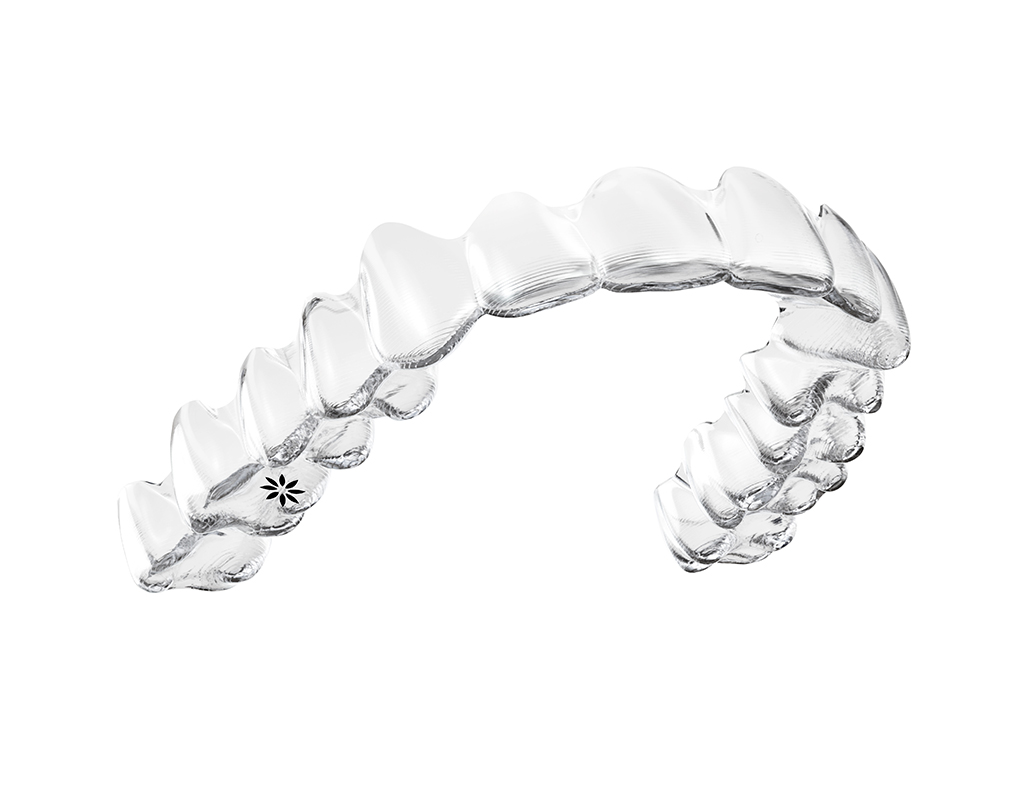
Braces Or Invisalign?
Have you recently found out that you may benefit from orthodontic treatment? Or perhaps it’s your child whose smile could use a little help? Whatever the circumstances and whomever the patient, this is the kind of news that can bring with it many questions. Are multiple treatments available? If so, which will you be a good candidate for? Which is the most affordable? Which would be most effective for your particular case? What’s the difference between popular treatments like traditional metal braces and the clear aligners of the Invisalign system ?
?
Here at Kaplan Orthodontics, our goal is to explore all treatment options with you so we can find the one that will work best for you and your smile. Because our two most popular orthodontic treatments are traditional metal braces and Invisalign, we’re going to take a look at the pros and cons of each in order to give you all the information you need to help you decide if one would be the best fit for you, your smile, and your lifestyle!
Braces basics
Braces and Invisalign are both designed to straighten teeth over a period of time while improving your smile and overall oral health. Traditional braces have been around for quite a long time, and as such, they tend to have a well-established history of treatment.

The Invisalign system is a much newer treatment option, one that has only begun to see widespread use in the last fifteen years or so, but the system continues to increase in popularity each year.
Wondering what the differences are?
Traditional braces consist of metal brackets being attached to your teeth, then tied together by wires and tiny rubber bands. Modern orthodontics have greatly improved both the appearance and the comfort level of braces over the years, making them a little less obvious and a lot more comfortable. Many practices offer brackets that more closely match your enamel color, or for those who prefer making their mouth into a fashion statement, there are different colored brackets and bands.
On the other hand, Invisalign is designed to be nearly invisible. X-rays, pictures, and impressions are taken to create a precise 3-D image of your teeth which is then used to customize your aligners.The clear aligner trays are made of smooth plastic and worn over the teeth, and they are switched out every 1-2 weeks for a new tray as your teeth gradually move.
How they compare
Braces
The most obvious difference, of course, is that braces are not removable. Traditionally made of metal, braces do tend to emphasize function over style, but they are extremely efficient at fixing complex tooth issues, and they often work faster at closing gaps and aligning teeth than Invisalign does.
While treatment time will vary from patient to patient, the average with braces tends to be anywhere from 18 months to 3 years. However, with metal braces, there’s often noticeable movement of misaligned teeth within a relatively short period of time. Believe me, seeing even a slight improvement in your smile can play a significant role in boosting your self-confidence, and encouraging you to stay the course!
Maintenance with metal braces can be a little bit more involved than it is with Invisalign. The brackets and wires can be tricky, particularly where flossing is concerned, but regular, thorough dental hygiene is a must for good oral health. There are accessories available to make cleaning easier, though, like water piks that can help rinse those hard to reach places or orthopicks for braces-specific flossing. There are also quite a few foods you’ll need to avoid while in braces, namely anything too crunchy or sticky. Sadly, this means favorites like apples, popcorn, gum, and other chewy favorites will be little more than a fond memory while you’re finishing up your treatment.
while in braces, namely anything too crunchy or sticky. Sadly, this means favorites like apples, popcorn, gum, and other chewy favorites will be little more than a fond memory while you’re finishing up your treatment.
Patients in traditional braces should expect follow up visits about every 4-6 weeks throughout the course of treatment. During these appointments, your orthodontist will change the bands that are attached to the brackets, and the wire may be replaced as well. These adjustment appointments are generally an in-and-out ordeal, taking around half an hour to an hour. There may be some slight residual soreness after each adjustment, but it should be temporary. Don’t skip these visits! They’re a very important part of your treatment plan, and will help to ensure you get the very best results in the least amount of time.
Invisalign
The two main benefits of Invisalign are the same reason they are such a popular options – the aligners are almost completely invisible, and they’re removable. The smooth plastic also tends to be more comfortable than traditional metal braces, and won’t irritate the gums or cheeks the way some brackets and wires might. Though not quite the workhouse that braces are, Invisalign is still an efficient method for gently moving teeth, particularly in cases that aren’t too complicated.
Since Invisalign works in a different and less invasive way than braces to straighten teeth, it’s hard to say how long a patient will need to wear them. The average tends to be somewhere between 6 and 18 months, although that will vary from case to case. This average is also calculated based on the patient following the recommended guidelines of wearing the aligners at least 20-22 hours every single day, throughout the entirety of treatment. Any sort of deviation from this can add time to the overall process.
Invisalign aligners are extremely easy to maintain. Because they’re removable, you take them out before eating or drinking anything other than water, so you don’t have to worry about any food getting stuck in between your brackets and wires. You also remove them before brushing and flossing, giving you easier access to your teeth, which in turn makes dental hygiene a far less tedious process.

Another big plus in the Invisalign column is that there are no food restrictions! However, you’ll need to remove your aligners before all meals in order to avoid staining. You’ll also need to clean and rinse them out with warm water whenever you perform your daily dental hygiene routine.
Like braces, Invisalign wearers will be expected to attend follow-up visits every 4-6 weeks or so, and you’ll also be changing out your aligner every 1-2 weeks. This is an important part of the Invisalign system straightening process. The trays are custom designed to fit each patient’s unique dental needs, and are changed frequently in order to keep up with the shifting of the teeth as they straighten out. If you regularly skip appointments or miss changing your aligners when you’re scheduled to, it can quickly undo any progress you’ve made.
Kaplan Orthodontics can help you decide
When comparing traditional braces and Invisalign, it can be a close race. Adults and teens often find the discrete look of Invisalign incredibly appealing, and its removability is a bonus. It’s important to remember, though, that the success of the system depends almost entirely on the patient. If you don’t wear the aligners as directed, they just won’t work, compared to regular non-removable braces, where you don’t really have a choice in the matter!
Keep in mind, too, that if you need to address any sort of complex dental issues, Invisalign may not even be an option for your particular case. That’s why it’s so important to work with an experienced practice like Kaplan Orthodontics! Our team is friendly and professional, with years of experience working with both braces and Invisalign. We know that straightening your teeth isn’t just about improving your smile – it has an impact on your overall oral health and shouldn’t be taken lightly.
If you’re in the Dunwoody or surrounding area and need help on deciding if braces or Invisalign will work for you, get in touch with us today to schedule your complimentary consultation at our office. Kaplan Orthodontics is dedicated to helping you find the most effective solution to perfect your smile and teeth, and keep your mouth healthy for years to come!

